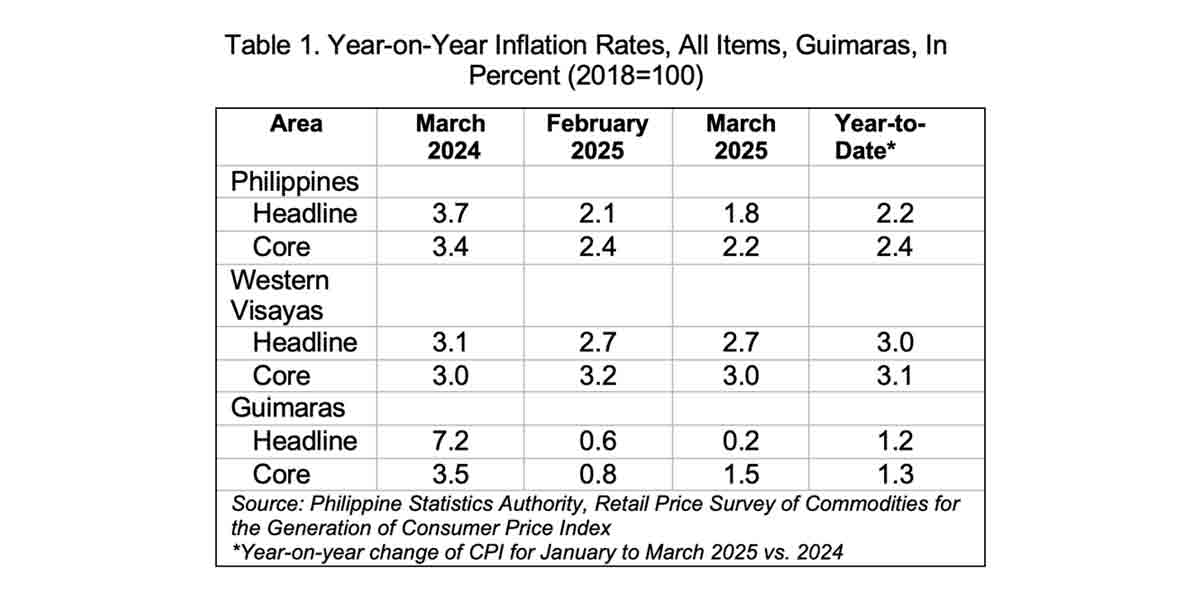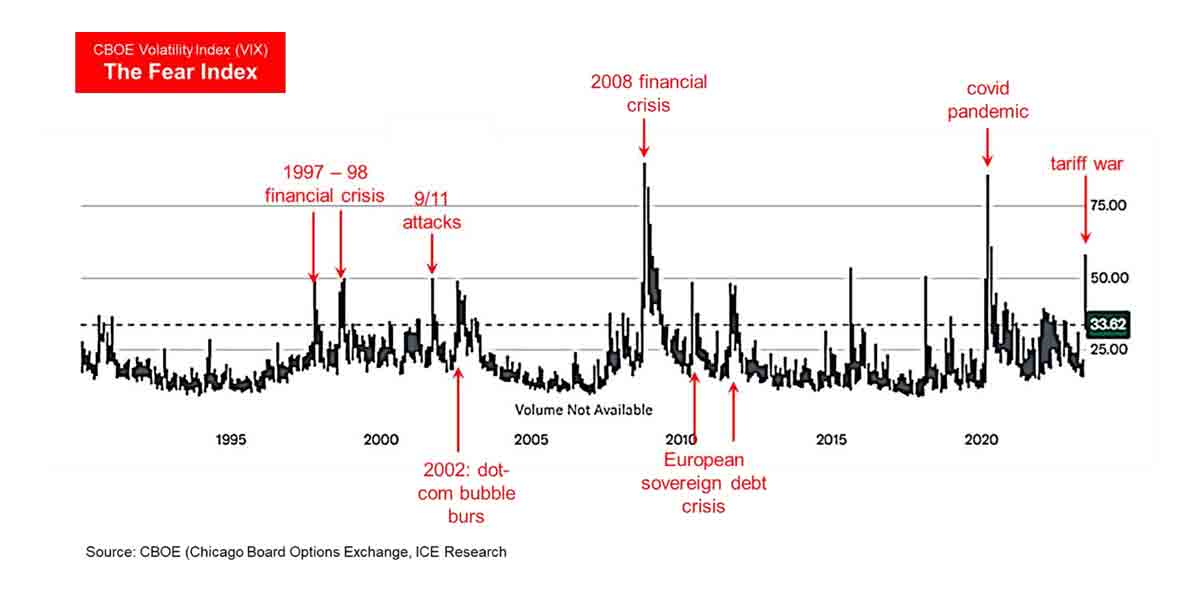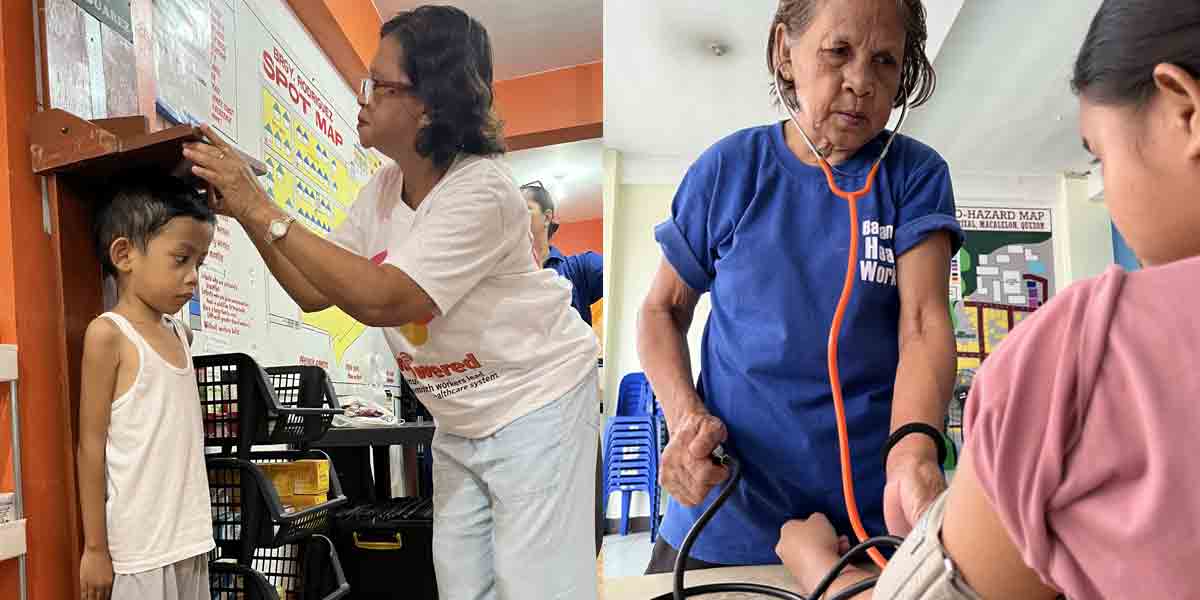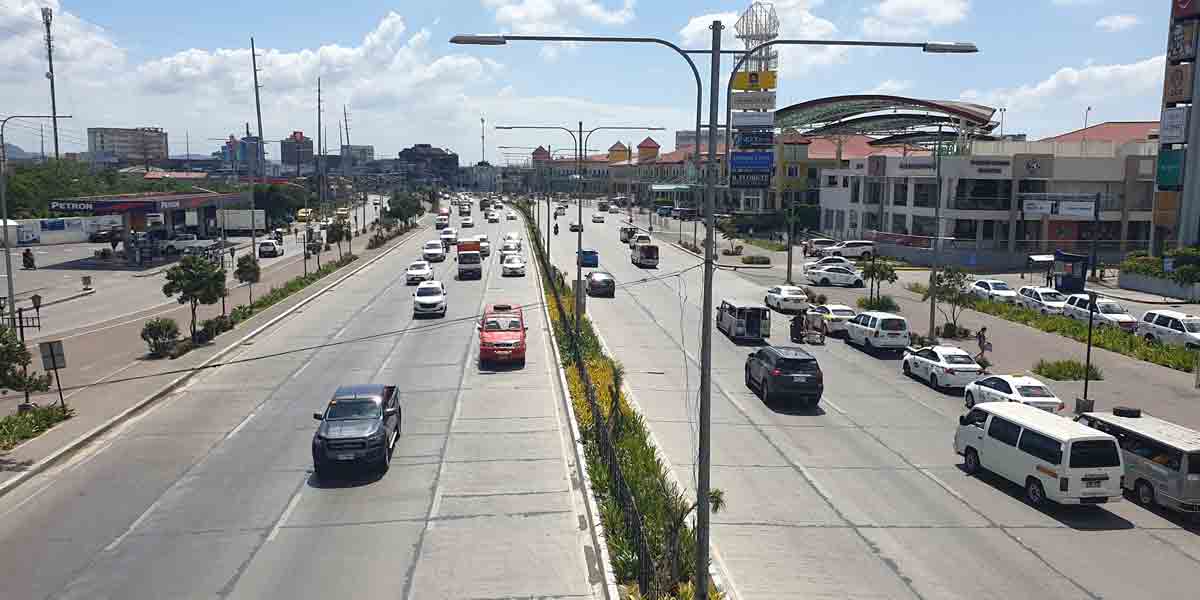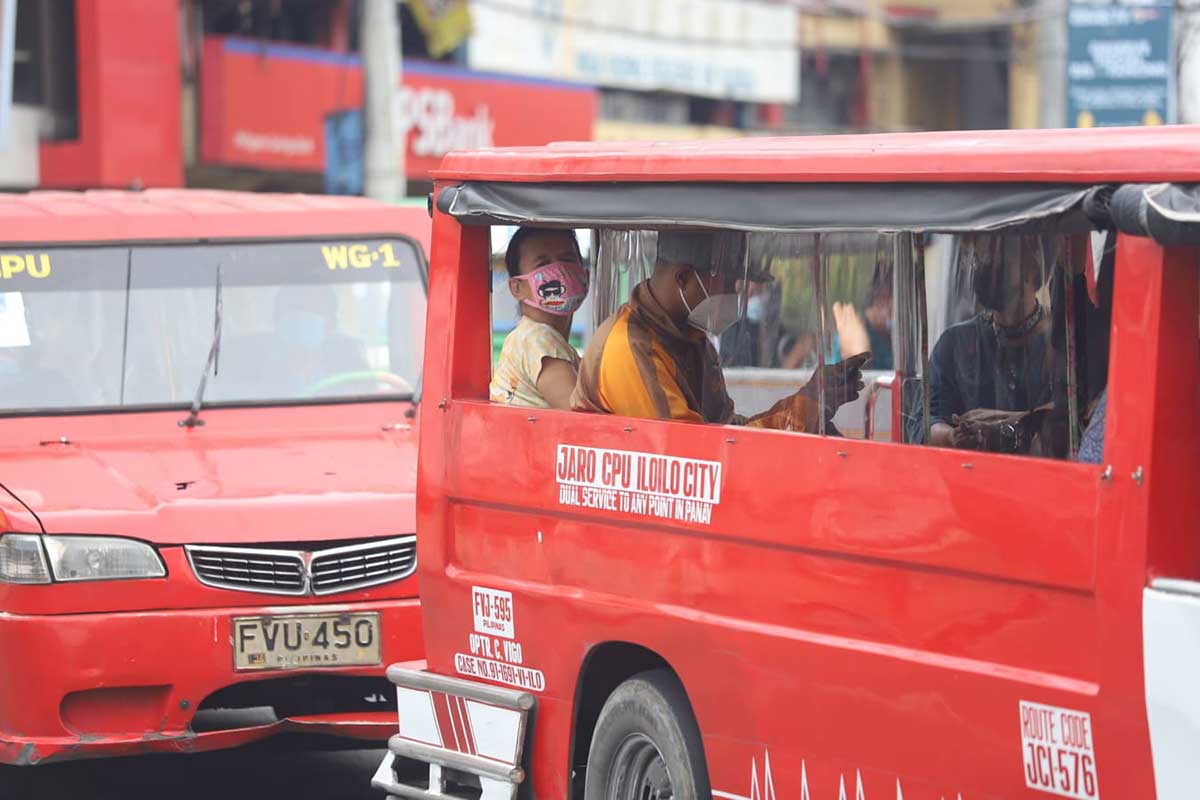
By Joseph B.A. Marzan
The leader of one of Iloilo City’s major transport unions admitted that there is still confusion over the 70 percent capacity mandated by the Land Transportation Franchising and Regulatory Board (LTFRB), after the removal of plastic barriers in passenger seats.
Iloilo City Loop Alliance of Jeepney Operators and Drivers Association (ICLAJODA) president Boyet Parcon told Daily Guardian via phone interview on Sunday that they will hold a dialogue with LTFRB-Region 6 director Richard Osmeña today, Nov. 8, to clarify the confusion.
Parcon said ICLAJODA already disseminated to all of their drivers that the maximum allowed passenger capacity as of this time is at 70 percent only, but some drivers wouldn’t listen to them.
The confusion also stemmed from complaints from passengers who rode on jeepneys with full capacity recently.
“It’s a bit difficult for us because once we take off the barriers, our drivers may pursue 100 percent. There are drivers who wouldn’t listen to us because they want to get more passengers, and we cannot fully control them to implement the 70 percent [capacity],” Parcon said.
“Will we place an ‘X’ mark [on the seats]? Because if we put that, the [physical distance will be] great. The guidelines say that it needs to be 70 percent, so if you have a regular maximum capacity of 10 passengers per side, then you may only have 70 percent allowed capacity,” he added.
Nevertheless, operators and drivers are still happy with the new developments as they can increase their capacities and earn more.
“Our drivers and operators are happy because they can increase their capacity. Our operators because they now have fuller rent daily. Before, [operators] only got P300, now they’re getting back their full P400 to P500,” he shared.
The transport leader also called on the public’s understanding to continue observing public health standards in jeepneys.
“We are asking for the public’s patience if they will be asked to go down when the unit reaches the maximum seating capacity. Everyone has to understand that we are just following the guidelines of the Department of Transportation on the 70 percent seating capacity. They must also wear face masks and face shields, and bring their own alcohol. Our operators should also understand that they cannot charge the full rent from our drivers because of this capacity rule,” he said.
The LTFRB on November 2 issued Memorandum Circular No. 2021-064, allowing the removal of the plastic barriers in public road and rail transport but still limiting capacity to 70 percent.
This is the first time in more than a year that jeepneys will be allowed to loosen their restrictions amid the coronavirus disease 2019 (COVID-19) pandemic.
GOVERNMENT SUPPORT
Aside from the maximum allowed capacity in jeepneys, Parcon said that they will also ask the LTFRB-6 on details regarding the national government’s proposed fuel subsidies.
The ICLAJODA and other transport groups in Iloilo City petitioned the LTFRB for a P2.50 fare hike after continuous oil price hikes in the last few weeks.
Parcon said that due to the fuel subsidies, they have placed their petition on standby to wait for the guidelines of the said P5,000 subsidy.
“We’re just going to wait for that, because we asked the [LTFRB-6], and we were told that there would be subsidies for the drivers, but that hadn’t been established of how that would happen. They also said that [the subsidy] may be released this week, so we asked them on how it would be distributed,” he said.
He said that they will propose to either give the subsidy straight to the driver or directly to the gasoline company like the government has done previously.
He explained that if the national government decides to provide the subsidies via operators’ Pantawid Pasada cards, operators may take a chunk of these subsidies instead.
“If [the subsidies] would be released via operators’ Pasada cards, the operator would take from that and driver would not be able to get all of it. Our question will also be, how long will that subsidy last?” he said.





